IRVING NORMAN (1906-1989)

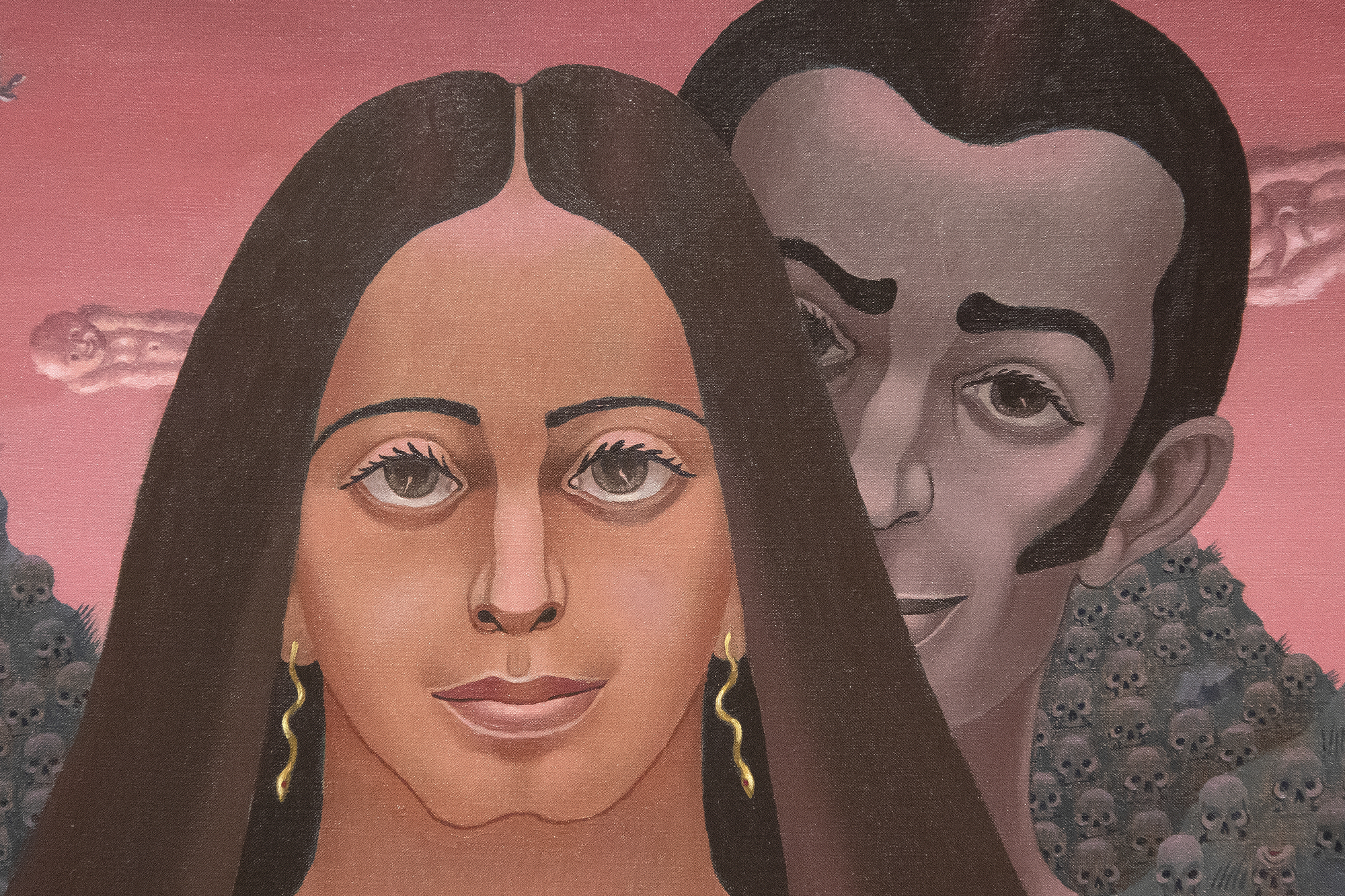
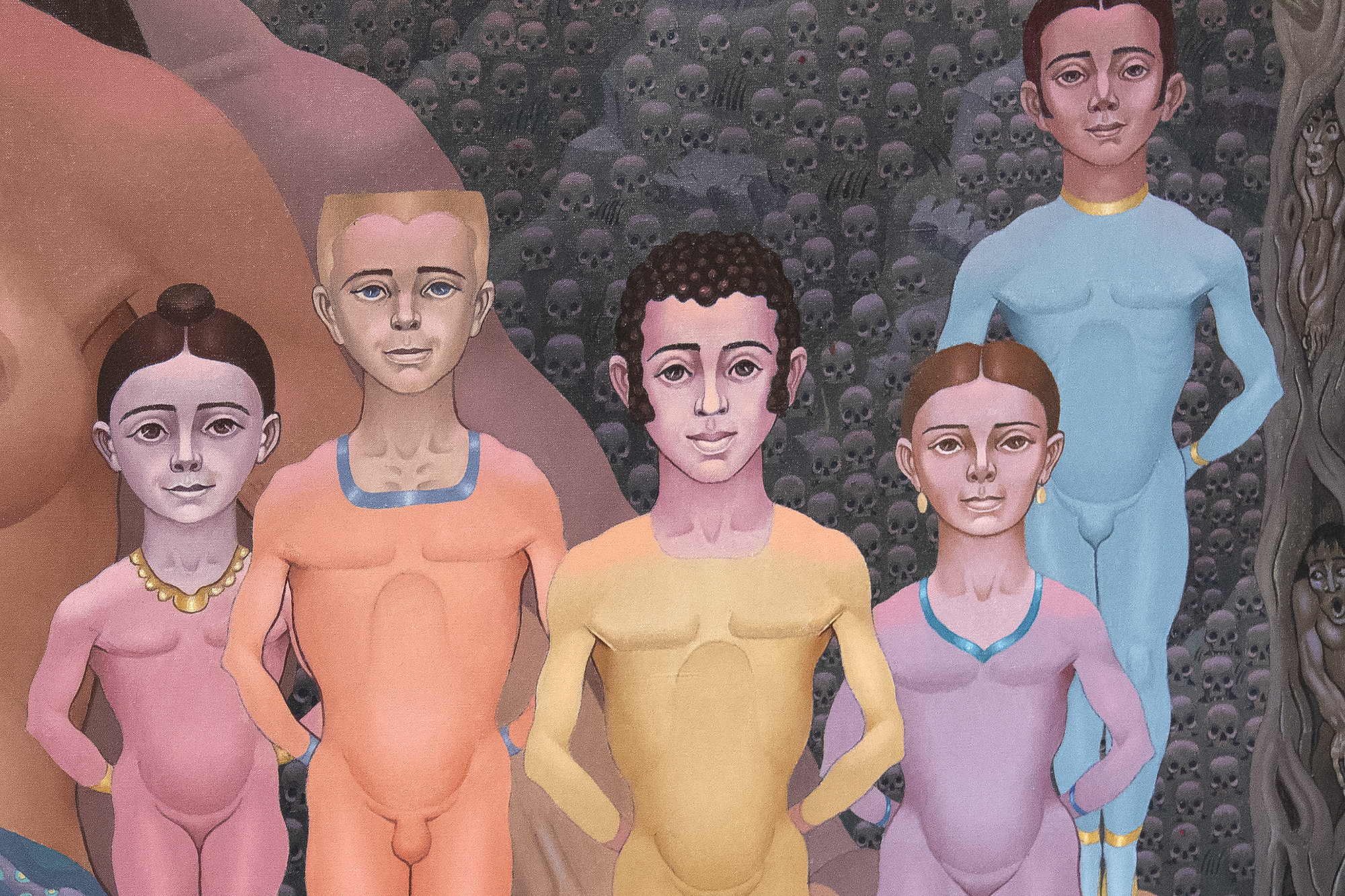
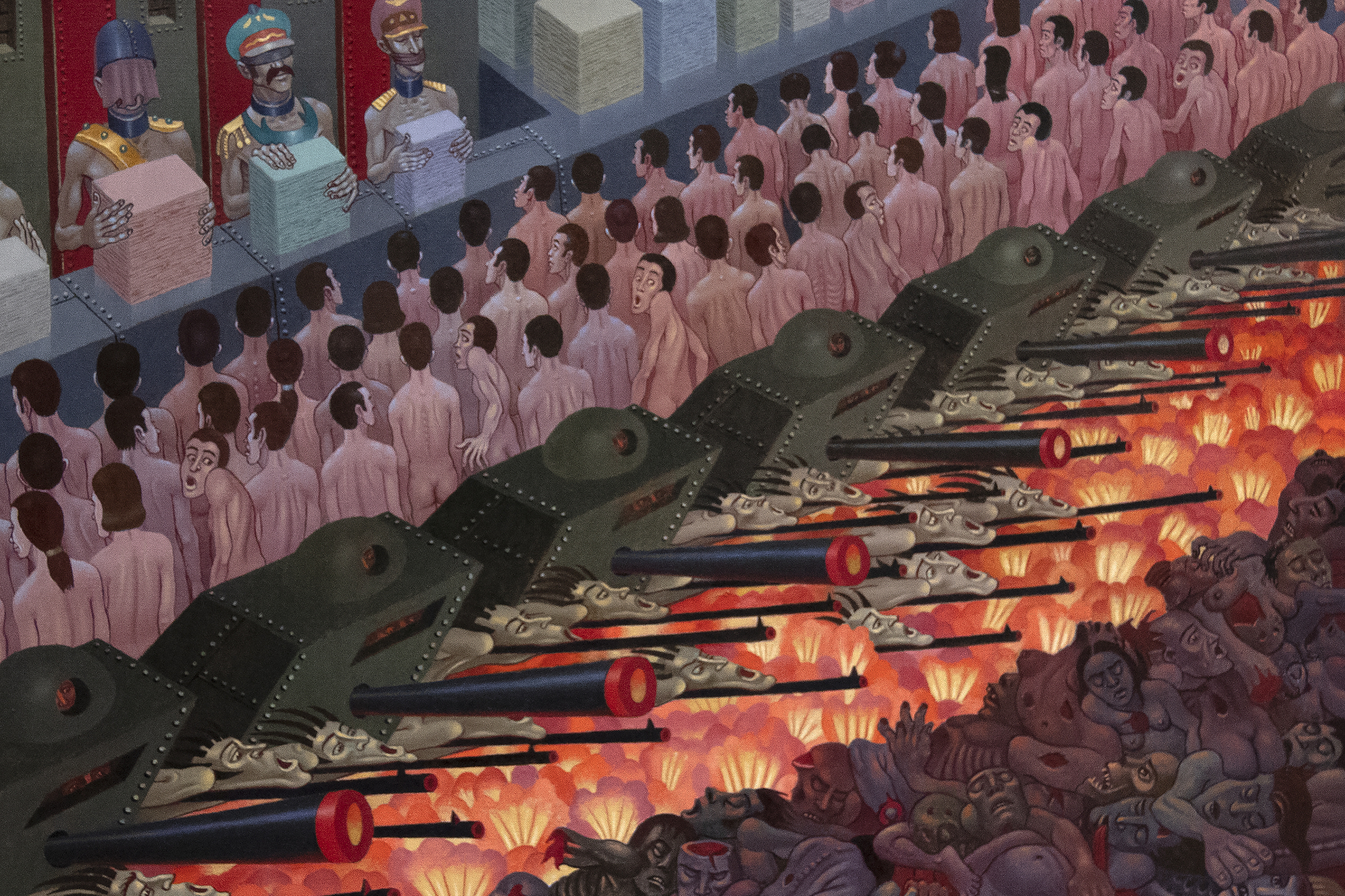
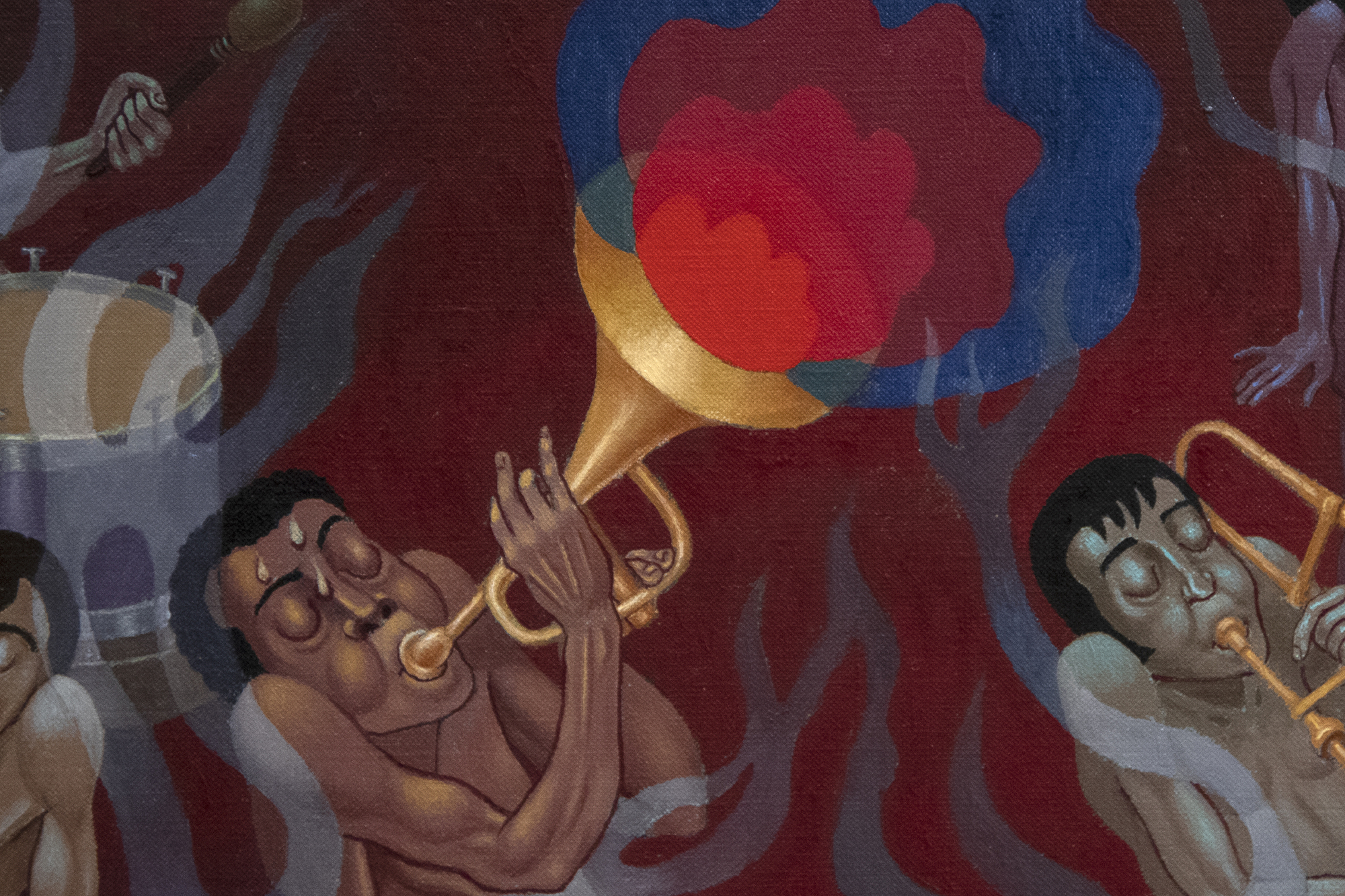

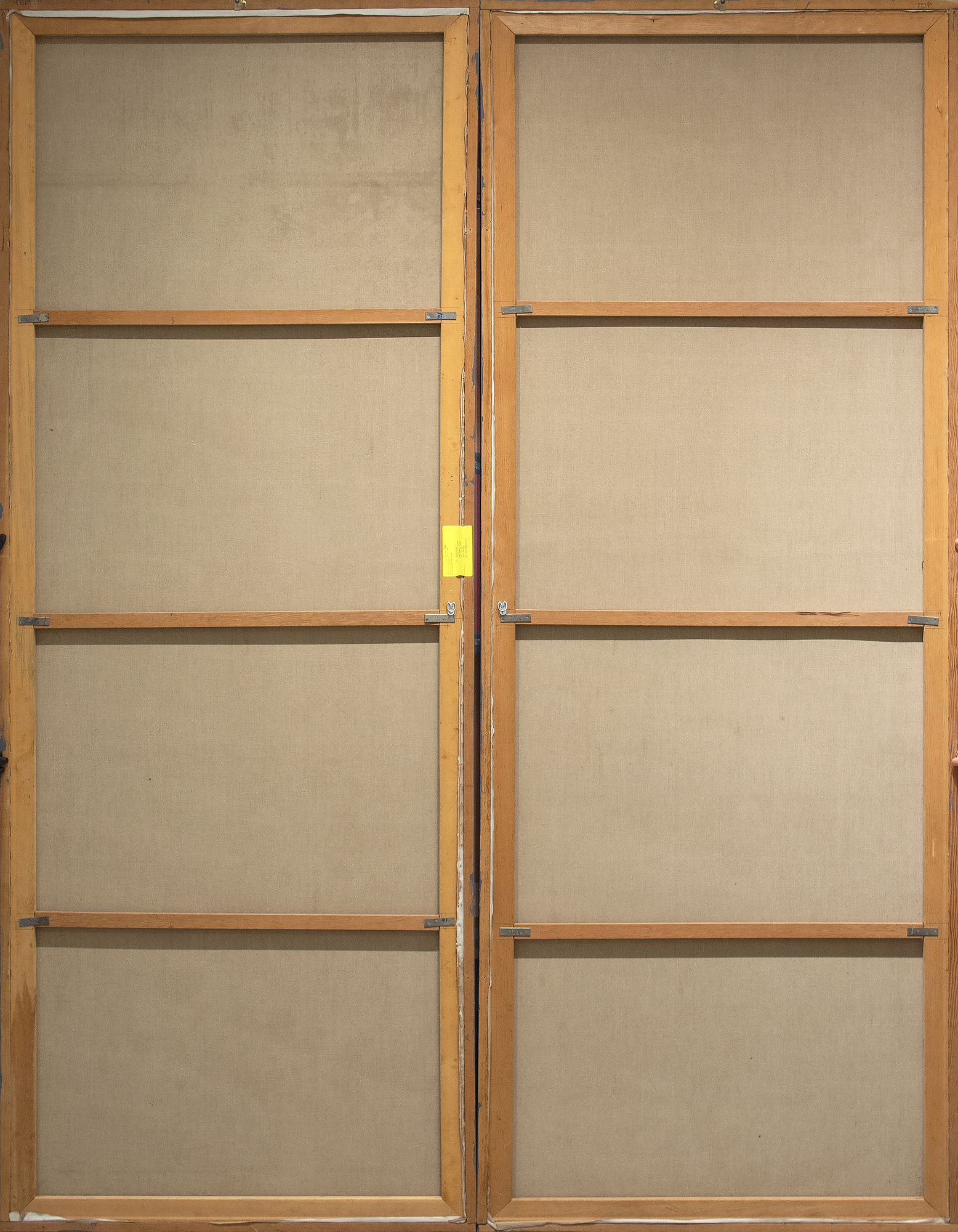
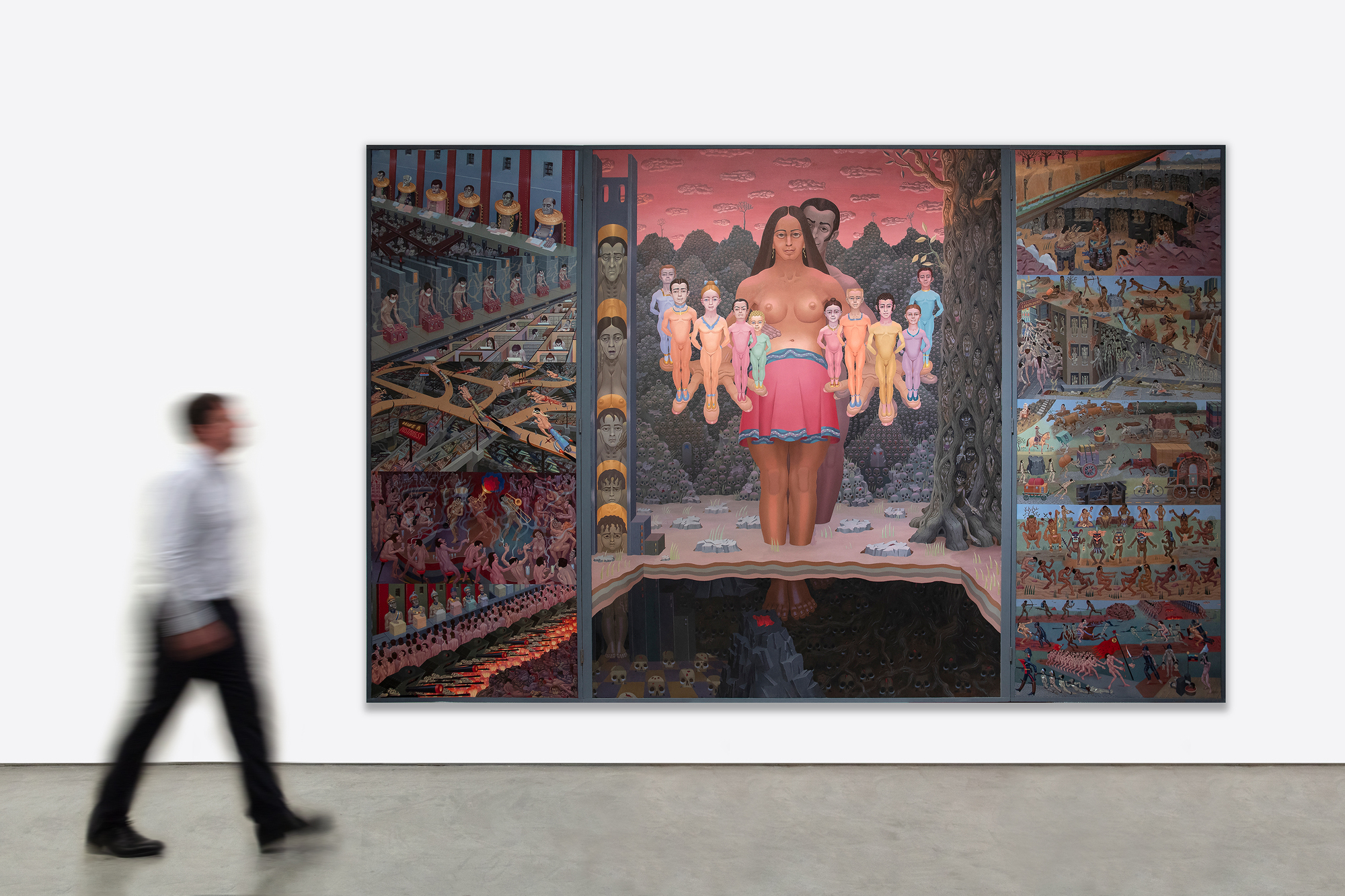
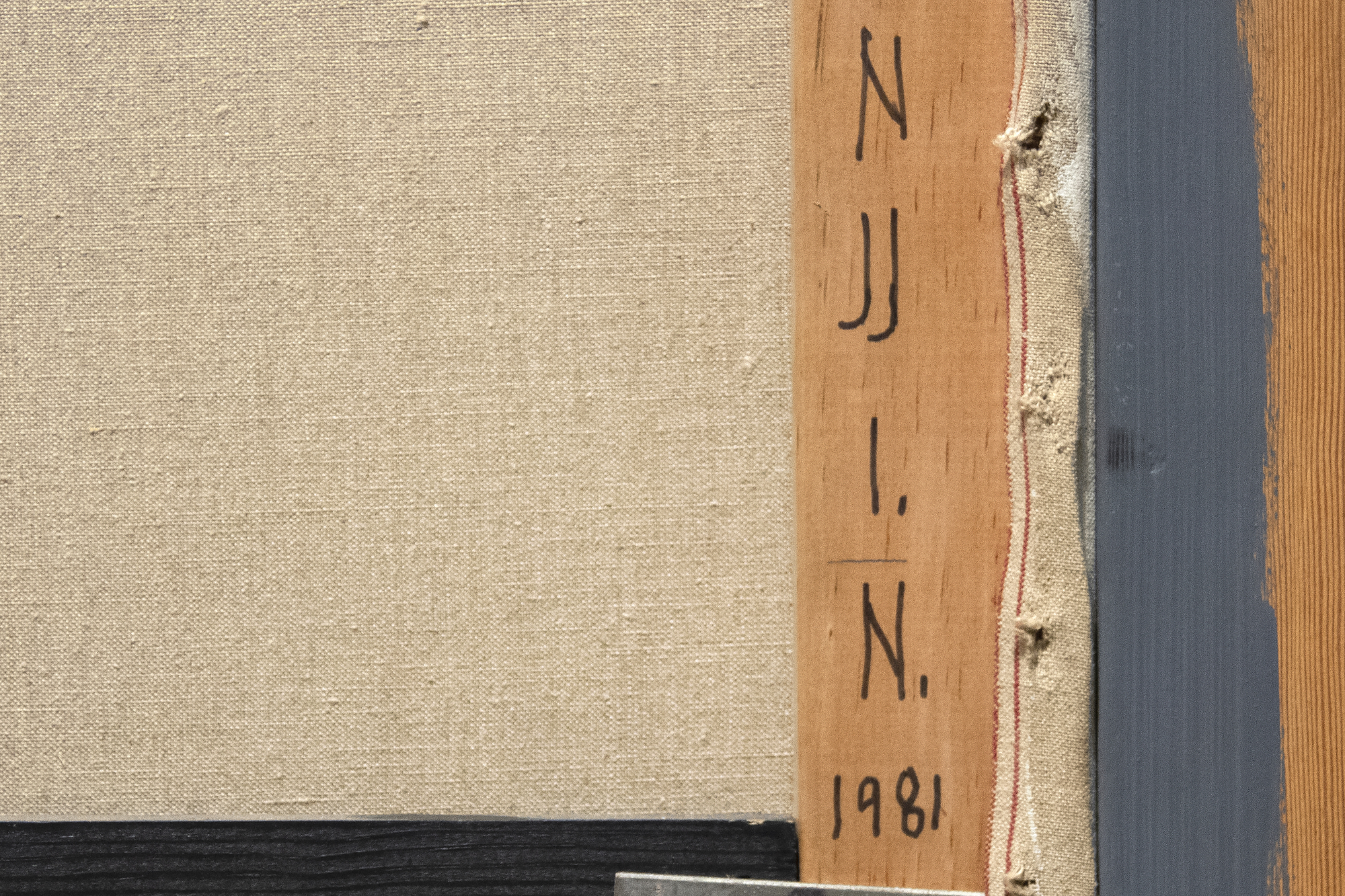

Procedencia
Museo de Arte Crocker, SacramentoColección privada
Exposición
1986 Museo Alternativo, Nueva York2002 Colegio de Santa Mónica
2006 Museo de Arte Crocker, Sacramento
2007 Museo de Arte de California de Pasadena
2007 Museo de Arte Nora Eccles Harrison de la Universidad Estatal de Utah
2007 Museo Katzen de la American University, Washington, D.C.
Literatura
Dark Metropolis: Irving Norman's Social Surrealism, Ed. Scott A. Shields y Ray Day (Sacramento y Berkeley: The Crocker Art Museum y Heyday Books, 2006), pág. 199Precio1,250,000
Las figuras de Irving Norman, manipuladas por su entorno y el espacio físico, tienen un estilo que exagera la maleabilidad de la forma humana para subrayar su vulnerabilidad y sometimiento. Esta elasticidad literal y simbólica sugiere que estas figuras son estiradas, comprimidas o retorcidas por las fuerzas de su entorno, subrayando su falta de autonomía y los sistemas opresivos que rigen su existencia. Aunque estas figuras reflejan vulnerabilidad, la elección estructural de Norman en La condición humana crea una dura yuxtaposición que desvía la atención hacia el cuadro central. Una figura femenina dominante, que se eleva por encima de los calamitosos fracasos y atrocidades del pasado, se une a un hombre, formando una "pareja" simbólica, que sugiere la unidad y la responsabilidad compartida de una nueva visión. Sus manos, magnificadas y giradas hacia arriba, presentan a estos niños como una visión que ofrece esperanza y renovación para el futuro. El gesto, combinado con la vestimenta futurista de las diminutas figuras, refuerza la idea de un camino alternativo: una humanidad más brillante y con visión de futuro. El retablo central actúa como una ofrenda metafórica, invitando al espectador a considerar un futuro no tocado por el peso de la oscuridad de la que emergen estas figuras.
Aquí, Norman subraya una visión esperanzadora, si no optimista, para las generaciones venideras. La decisión estructural sugiere un cambio deliberado de enfoque: las escenas más oscuras relegadas a los laterales representan las cargas, pasadas y presentes. Al mismo tiempo, las figuras centrales encarnan el potencial de un futuro moldeado por la resistencia y la renovación. Esta yuxtaposición distingue La condición humana como reflejo de los últimos años de Norman, en los que surge una esperanza templada para reclamar el terreno por encima del belicismo, la corrupción abyecta, la búsqueda frenética del placer y los efectos deshumanizadores de la sociedad moderna.
A lo largo de su dilatada carrera, Norman se mantuvo firme en sus convicciones; se dio la vuelta, se enfrentó a los grandes lienzos vacíos y diseñó y pintó escenas complejas y densamente pobladas. En cuanto al reconocimiento, racionalizó la situación: la fama o la fortuna ponían en peligro la naturaleza inmaculada de la búsqueda de un artista. En última instancia, La condición humana es un resumen de la vida y obra de Norman y una llamada a la acción, que nos insta a examinar nuestra complicidad en los sistemas que tan vívidamente describió. Gracias a su meticulosa factura y a su intensidad alegórica, es una obra maestra digna de museo que sigue resonando, y sus temas son tan pertinentes hoy como lo eran cuando Norman dio vida a su visión.


